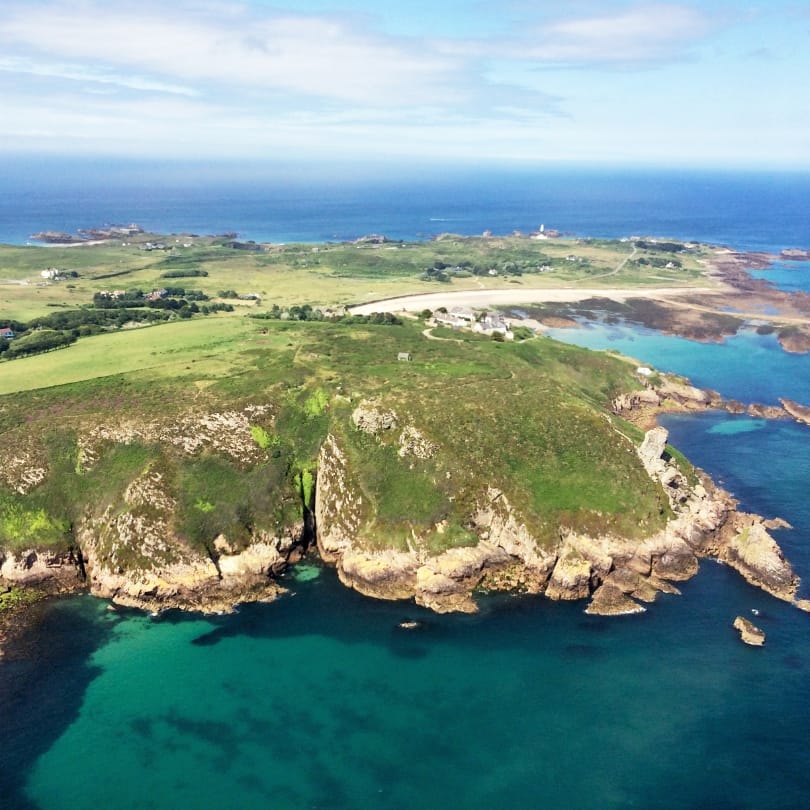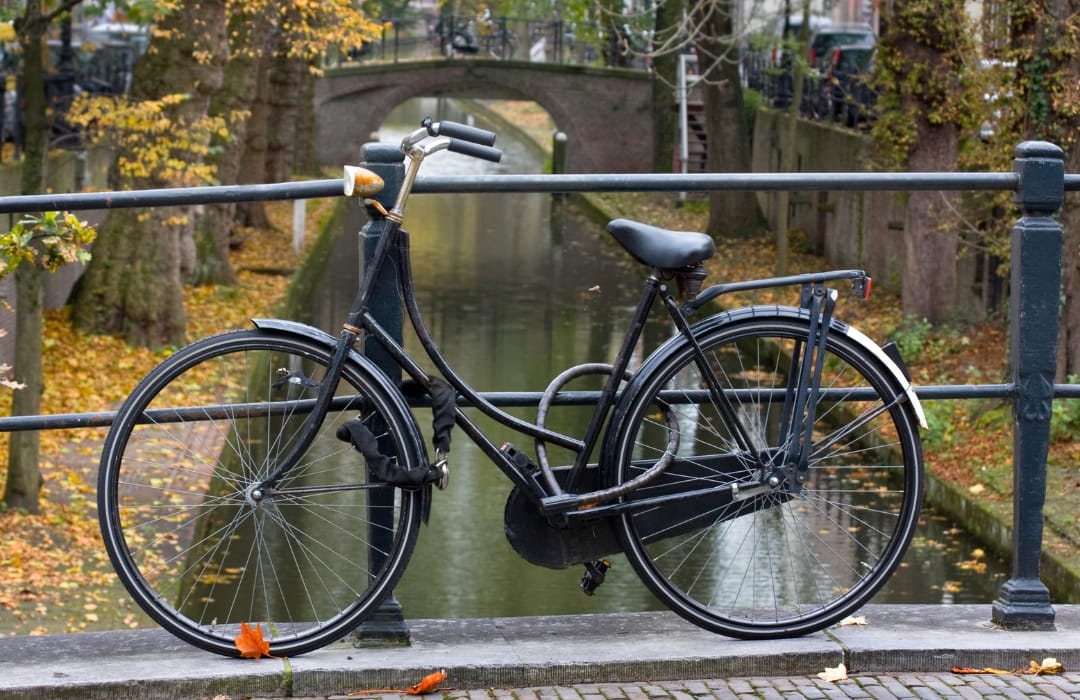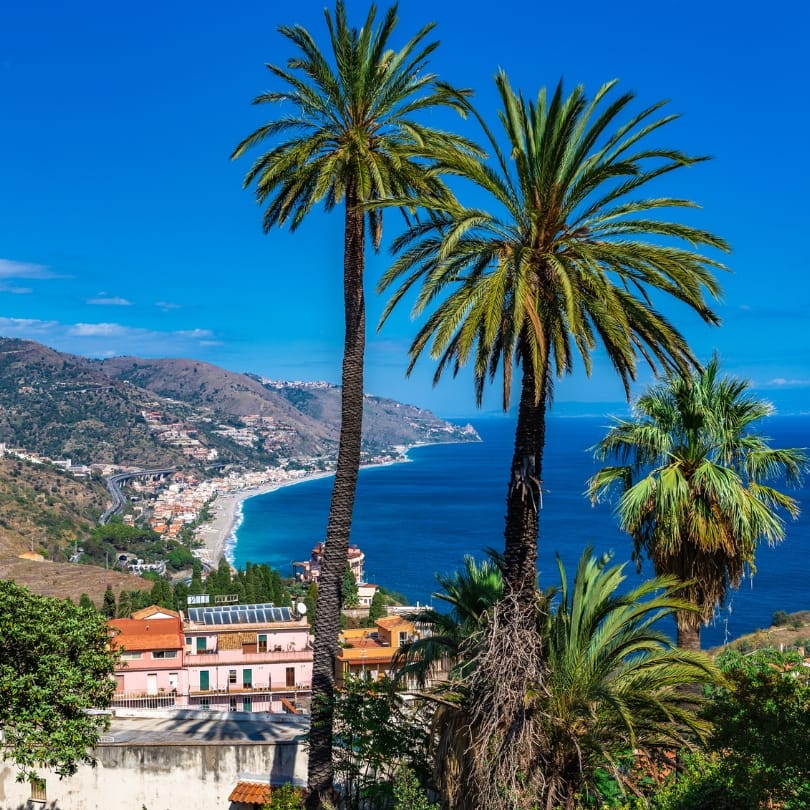England
Devizes, Wiltshire
Known as “Wiltshire’s hidden gem”, Devizes is a medieval market town with a plethora of shops, hotels, pubs and eateries. There’s a working Victorian brewery which runs tours and tastings, in addition to three ancient churches and two museums (including the award-winning Wiltshire Museum).
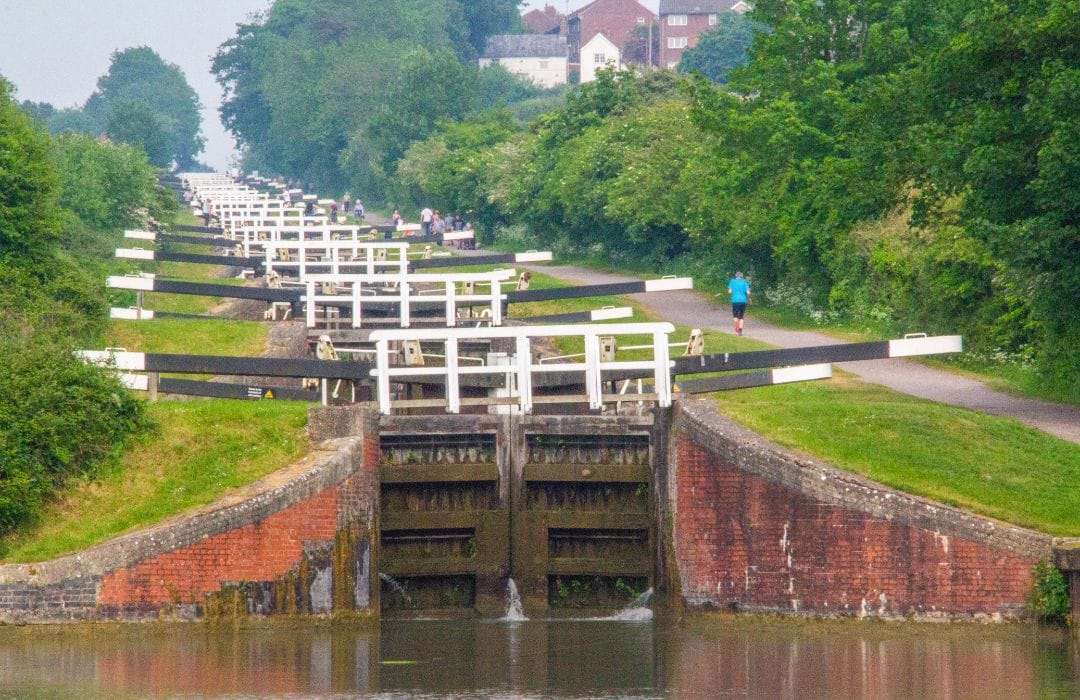
Devizes is a perfect base from which to explore the surrounding area by foot, bicycle or public transport. For a unique and relaxing holiday experience, we recommend hiring a narrowboat on the Kennet and Avon canal.
For a unique and relaxing holiday experience, hire a narrowboat on the Kennet and Avon canal.
Not only is the canal a remarkable feat of engineering, with tunnels, aqueducts and the famous lock flight at Caen Hill (29 locks in a row!), floating at an average 5 mph is a truly relaxing way to pass the time. There are plenty of canalside pubs along the way; we particularly like the Black Horse at Devizes, near the top of the Caen Hill flight.
There's no train station in Devizes but buses run from Pewsey (the nearest station).
Sheringham, Norfolk
The traditional seaside town of Sheringham is known for its beautiful sandy beach, heritage steam railway (the North Norfolk Railway), local produce (don’t miss the twice-weekly market) and excellent coastal and countryside walking routes.
Visit the countryside of Upper Sheringham (including Sheringham Park) to experience beautiful views of the North Norfolk coast, peaceful woodlands and uplands covered with miles of purple heather and yellow gorse.
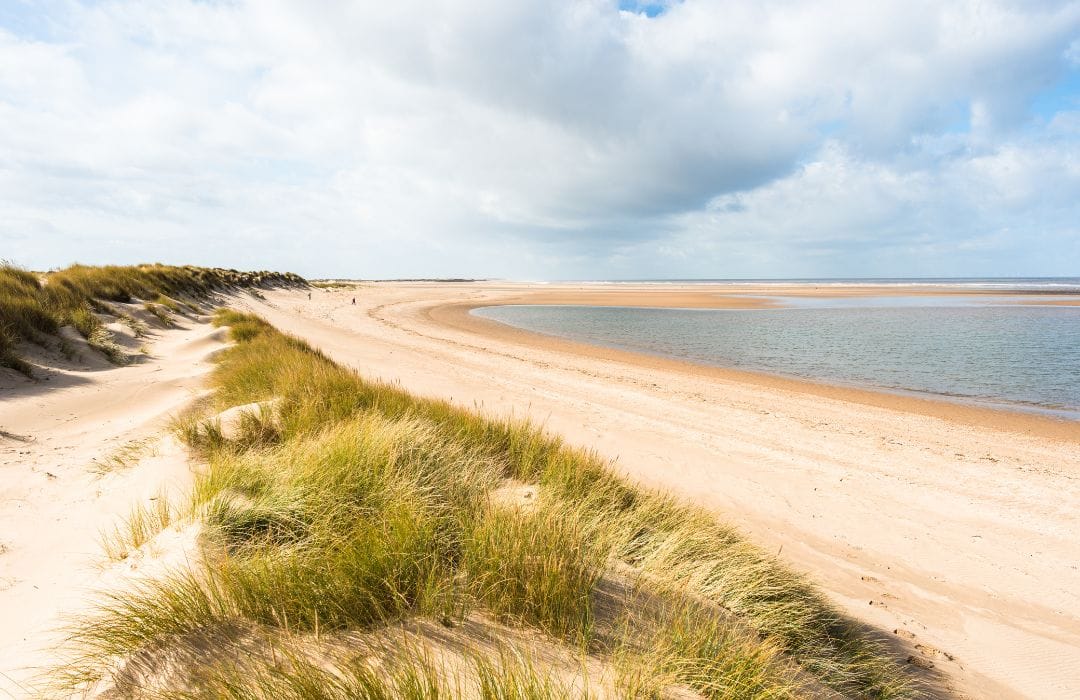
The Norfolk Coast Path runs through the majority of the Norfolk Coast Area of Outstanding Natural Beauty; from Sheringham, try a six-mile circular route that traces the coast and then meanders through parkland, ancient oak woodland, fen and grassland in Beeston Common and the rhododendrons of Sheringham Park.
The town is accessible by train, and if you have time, stop off at Cromer on the way – another Norfolk seaside town rich in fishing heritage.
Edale, Peak District
Edale is located in the heart of the Peak District and is the official start/end of the UK’s first long-distance walking route, the Pennine Way. It’s a tiny village, or to be more accurate, a collection of small hamlets or “booths” and is popular with walkers of all abilities.
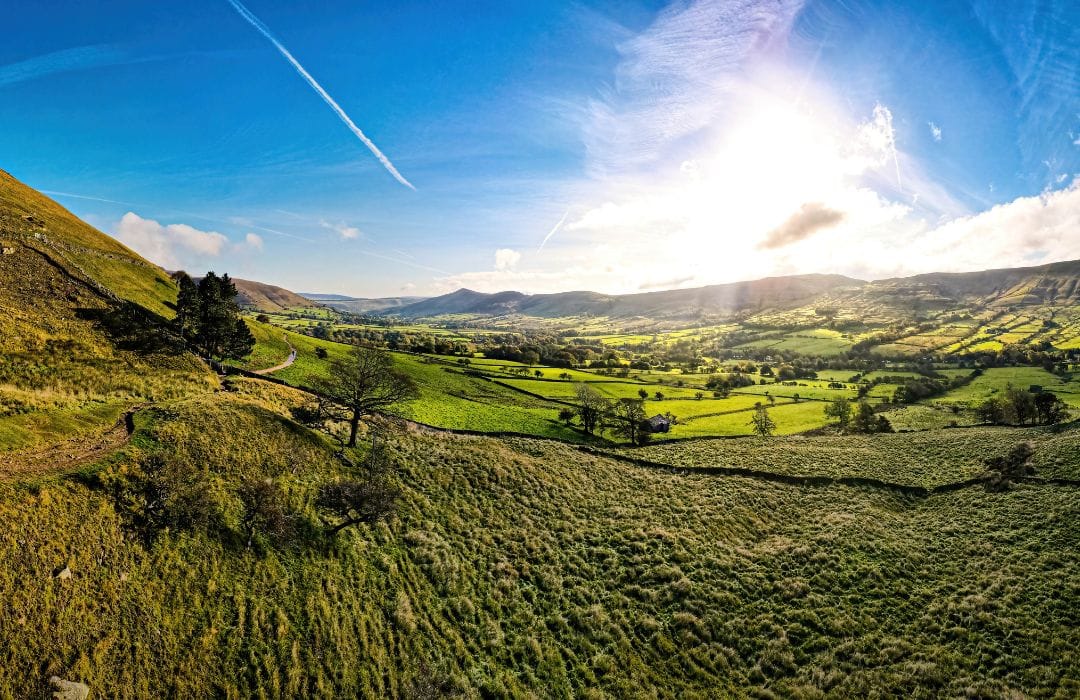
Edale is close to the Blue John Cavern at Castleton, a famous site for the ornamental mineral Blue John stone. Take a 45-minute guided tour through the water-worn cave system to view the stone in its natural state, along with stalactites, stalagmites and huge caverns.
For local amenities, Edale has two pubs, two cafes, a few local shops, several B&Bs, holiday lets and camping sites. Edale train station is on one of England’s most beautiful railway routes: the Manchester to Sheffield train line (the Hope Valley Line) which passes through the hills and dales, across historic viaducts and through villages with grey-brick cottages. From Edale, there’s the option to take the train to Buxton and other Peak District villages.
Edale train station is on the Hope Valley Line, one of England’s most beautiful railway routes.
Hexham, Northumberland
Voted England’s favourite market town, Hexham is perfect for shoppers, with many specialist and independent stores, daily market stalls selling artisan bread and cheeses in the ancient Shambles and a full market twice weekly in Market Place, sandwiched in between the medieval Hexham Abbey and 15th-century gatehouse.
There’s also an Art Deco cinema and a theatre and arts centre in addition to plenty of outdoor activities such as fishing and golf.
The town is close to Hadrian’s Wall, the North Pennines Area of Outstanding Natural Beauty, the International Dark Skies Park and the Northumberland National Park, making it an ideal base for exploring the local area.
Hexham is on the mainline between Newcastle and Carlisle, with the vibrant city of Newcastle just 40 minutes by train.
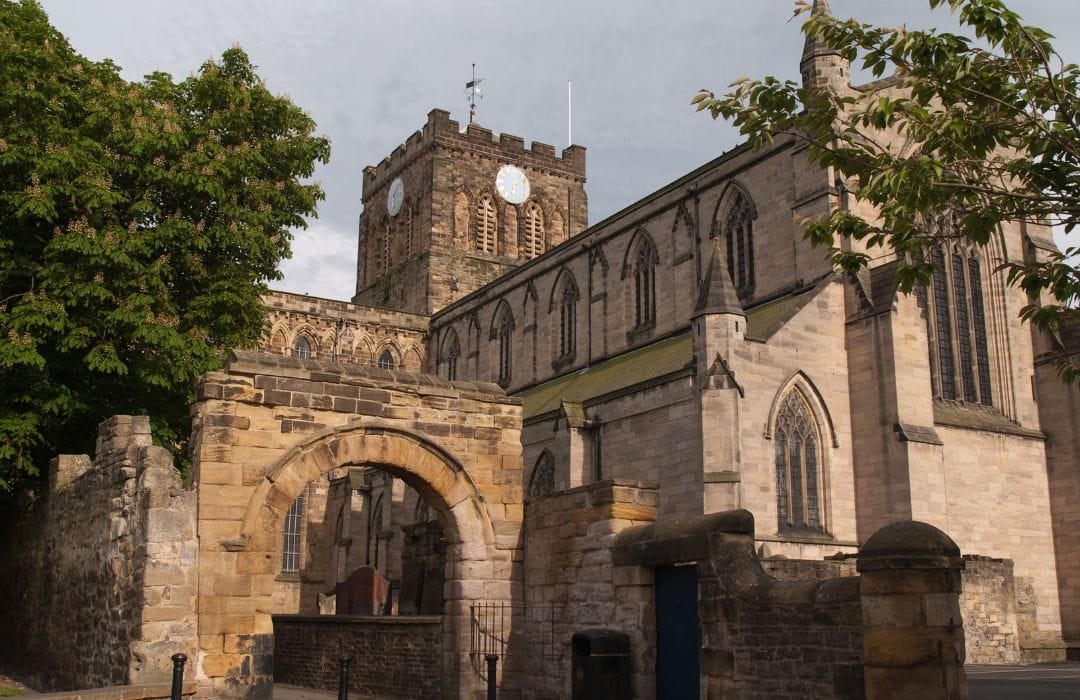
Grange-over-Sands, Cumbria
Grange-over-Sands is a small coastal town located on the fascinating Morecambe Bay and just outside the Lake District park boundary. The town itself is a great base for walking and cycling, with routes around the town perfect for nature enthusiasts and bird-watchers. There are several nature reserves and sites of special scientific interest, while Morecambe Bay offers opportunities to spot oystercatchers or lazy seals.
For a relaxing afternoon, potter around Grange’s pretty waterside shops and cafes; we recommend the lovely Hazelmere Cafe and Bakery for delicious regional specialities like Eccles cakes, Cumberland rum nicky (a pastry pie with dates and ginger) and Yorkshire curd tarts, all baked to a secret recipe.
Grange-over-Sands is on the branch line from Lancaster – stop off in this charming, historical town if you have time.
Isles of Scilly, Cornwall
This enchanting archipelago off the toe of Cornwall is formed of five inhabited islands in addition to countless uninhabited ones, some of which remain completely undisturbed. Hop around each island on a “tripper” boat, take a swim in the refreshing waters (don’t forget your wetsuit!), or snorkel with the seals to truly experience this English paradise.
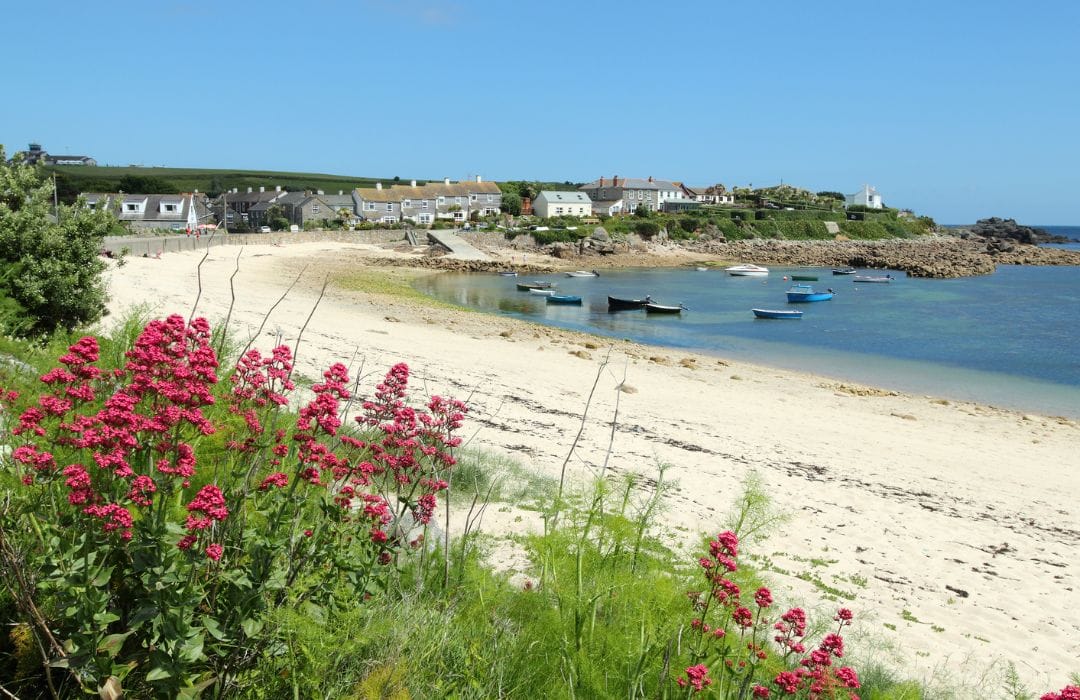
Each island offers a unique experience, but the Isles are well known for their creative communities, sweeping sea views, ancient architecture and fascinating wildlife. We’ve got to mention the beaches – with turquoise shallow waters, palm trees and pale, fine sand, there’s no need to go further afield.
Scilly’s beaches are gorgeous enough to rival any in the world, and there are more than 35 across the archipelago. Head to Great Bay on St Martin’s (voted best beach in the UK) for swimming, Porth Loo Beach on St Mary’s for rock pooling, or Gimble Porth on Tresco for a beach all to yourself.
With turquoise shallow waters, palm trees and pale, fine sand, there’s no need to go further afield.
Travelling to the Isles flight-free is easy and a perfect way to view the Cornish coastline: take the train to Penzance then the ferry to St Mary’s, the largest island of the group.
Scotland
Tobermory, Isle of Mull
The colourful buildings on Tobermory’s waterfront give this little harbour town its distinctive charm – you might recognise them as the setting for the children’s programme Balamory.
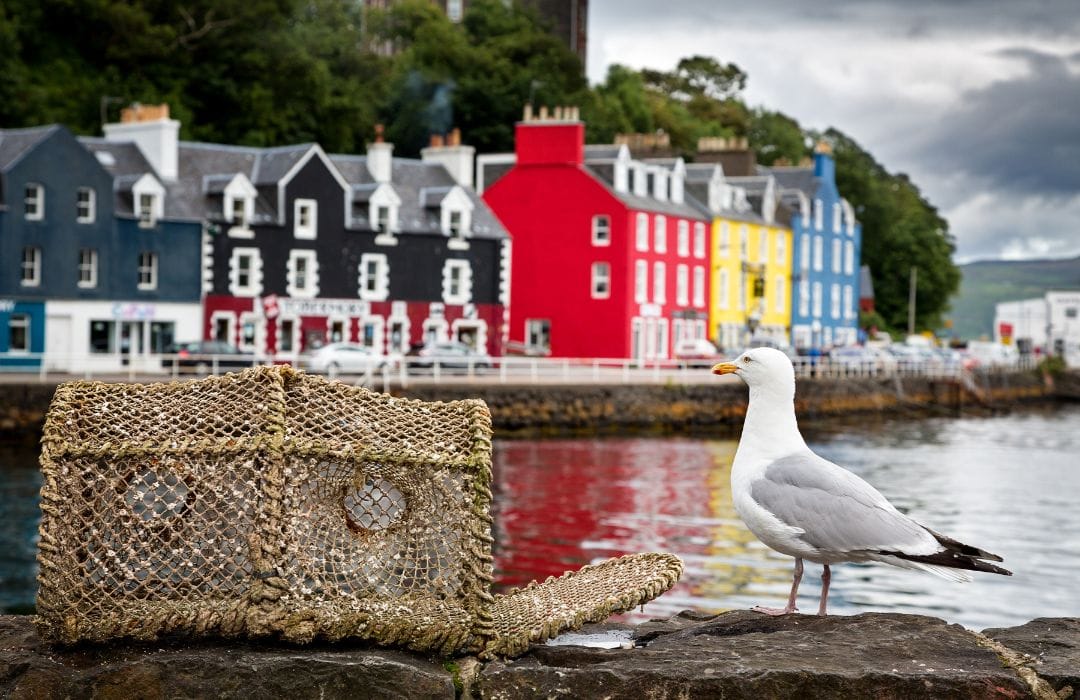
The town is steeped in history: legend has it one of the Spanish Armada ships sank in the bay in 1588. Take a visit to the Mull Museum to explore the history of Mull and its people. The island capital is a great place for wildlife watching, as the coastal seas are important feeding grounds for whales, dolphins, otters, basking sharks and eagles. There’s a great selection of locally-produced arts and crafts in addition to numerous shops, eateries and hotels.
To get to Tobermory, take the train to Oban from Glasgow Queen Street and enjoy the spectacular mountainous scenery, then take the ferry to Mull. There is a regular bus service to Tobermory from Craignure ferry terminal.
Pitlochry, Highlands
The town of Pitlochry is located in the southern corner of the beautiful Cairngorms National Park and is surrounded by mountains, lochs, moorland and ancient forest, making it a popular destination for outdoor activities, including gorge jumping and waterfall walks.

Home to 25% of Britain’s threatened species, the Cairngorms are fantastic for wildlife-watching, with possible sightings including red squirrel, capercaillie, snow bunting, pine marten, deer, ospreys, eagles and wildcats.
The Caledonian Sleeper train goes from London Euston to six destinations in the Cairngorms National Park: Pitlochry, Blair Atholl, Dalwhinnie, Newtonmore, Kingussie and Aviemore. Pitlochry station is also served by Scot Rail.
Wales
Tenby, Pembrokeshire
Tenby is a picture-postcard harbour town known for its pastel-coloured houses, medieval stone wall and gorgeous sandy beaches stretching to the north, west and south of the centre.
For great views of Caldey Island, home to the Monks of Caldey Abbey, walk along Tenby’s South Beach towards Giltar Point, where you’ll find the start of the Pembrokeshire Coastal Path. The path goes through a varied landscape of limestone cliffs, volcanic headlands, red sandstone bays and glacial valleys.
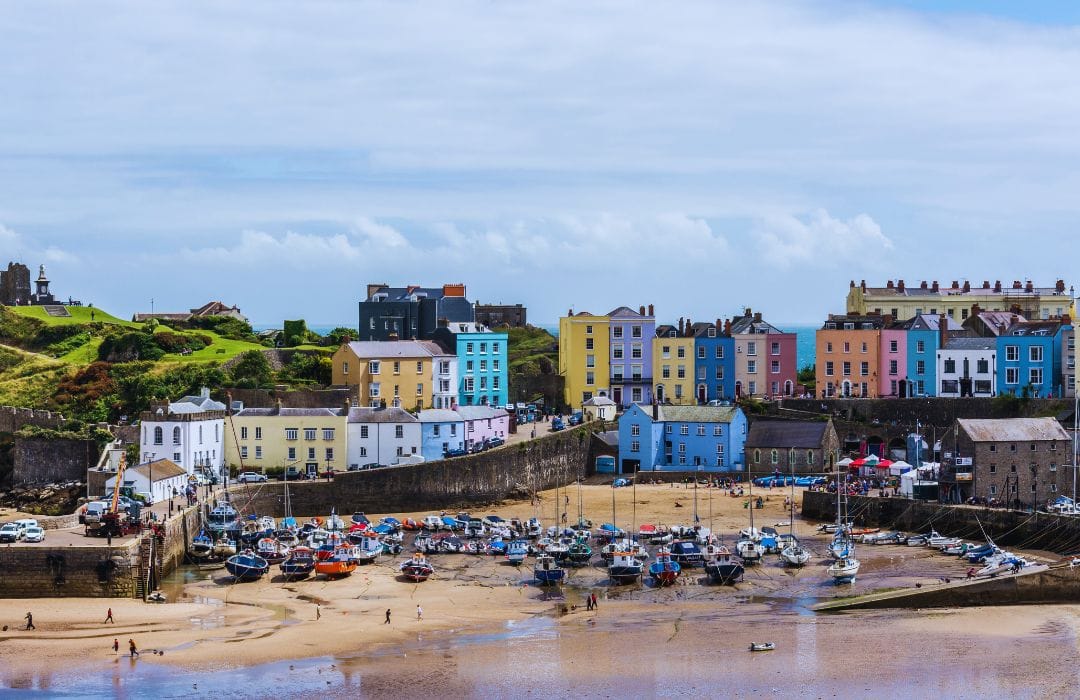
Tenby has plenty of attractions and amenities, including the oldest independent museum in Wales, and the pubs, shops, cafes and eateries are all linked by quaint cobbled streets.
Tenby can be easily reached by train and coach, with both stations situated close to the town centre.
Conwy, North Wales
Conwy is one of Britain’s best-preserved medieval towns, where ancient stone walls enclose a site full of history. Exploring the amazing thirteenth-century castle, a World Heritage Site, is a must, as is a visit to the smallest house in the UK! Other attractions include the beautiful riverfront and the Conwy Suspension Bridge.
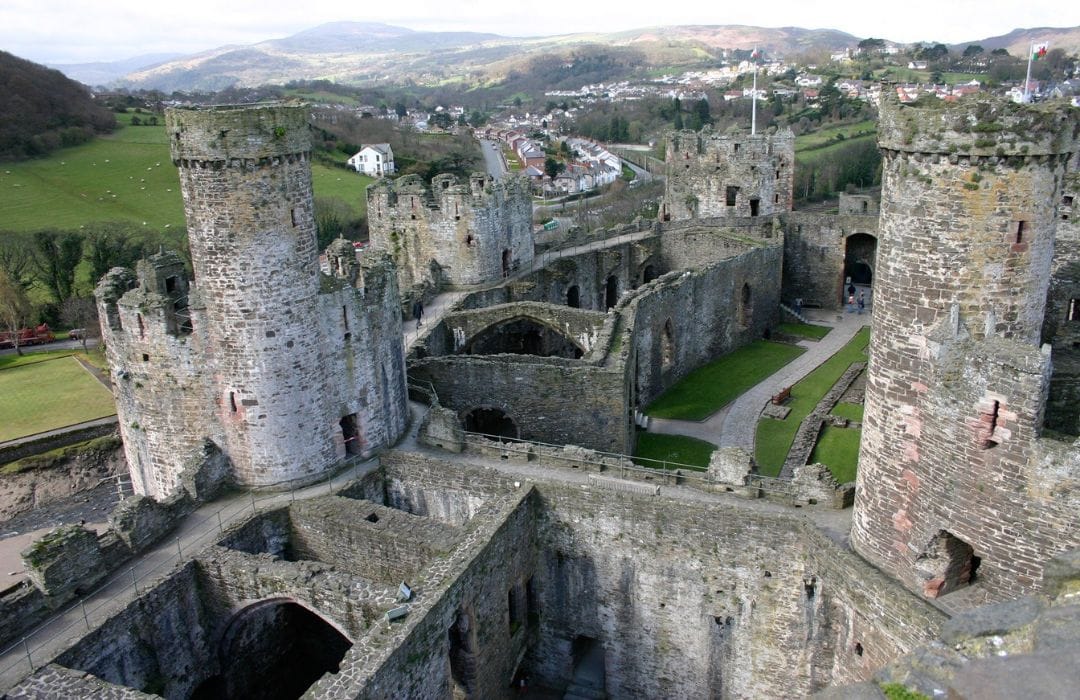
The town is located right next to Great Orme’s Head, a massive headland carved out of carboniferous limestone and designated a Special Area of Conservation. Try your hand at fossil hunting among the natural exposes and quarry faces, which are packed with brachiopods and corals.
Exploring the amazing thirteenth-century castle, a World Heritage Site, is a must, as is a visit to the smallest house in the UK.
To get to Conwy, take the train and change at Chester. The railway follows the coast through many north Wales beach resorts with fabulous views across the sea. Chester itself is also worth a look around, with a thriving Tudor high street, so we recommend taking extra time for your connection.
